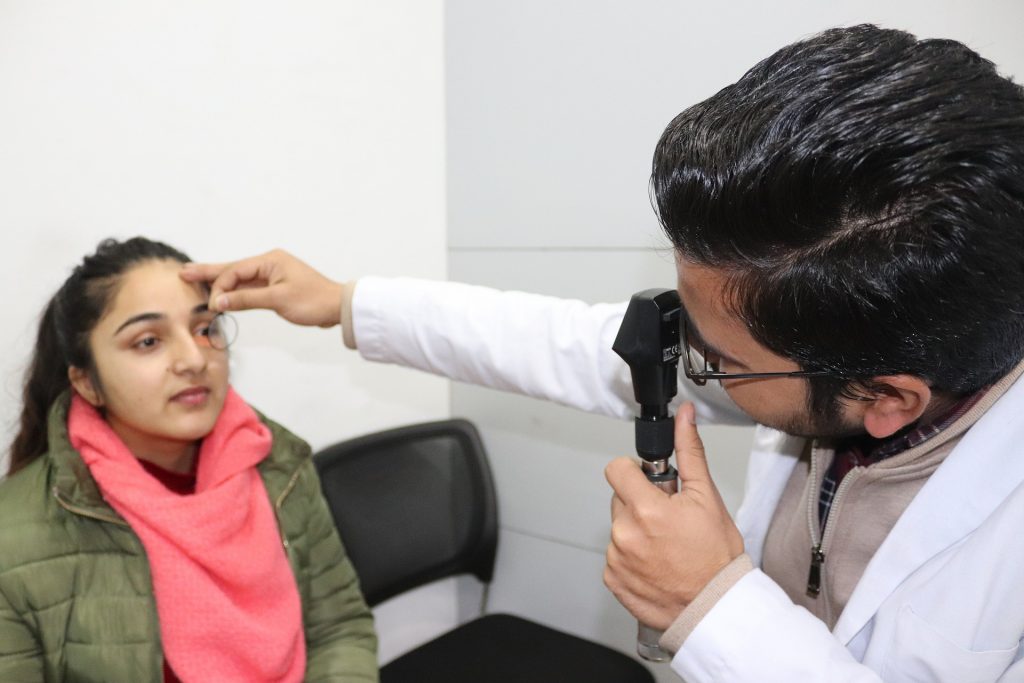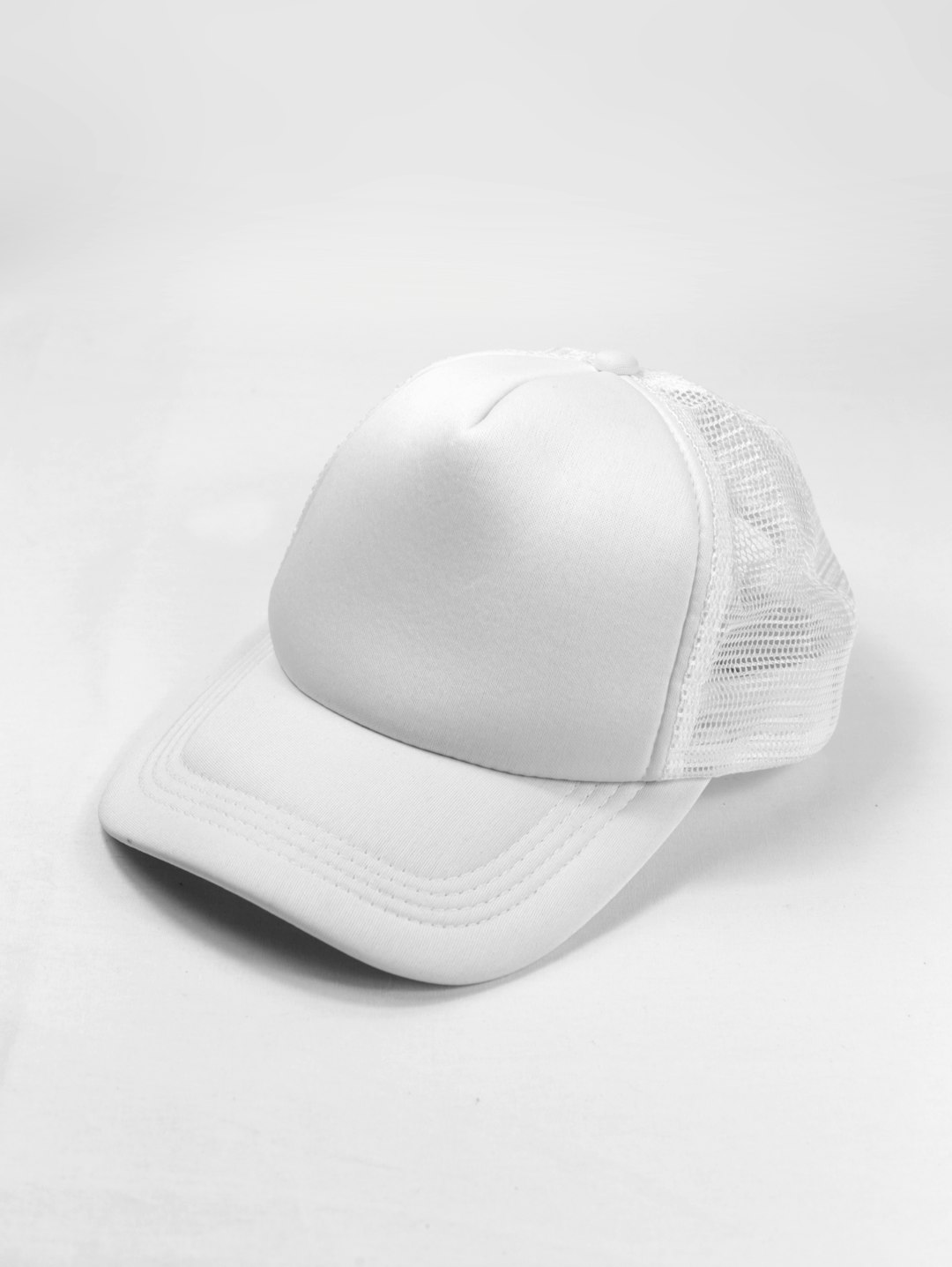If you’re looking to change up your look with colored contacts, you’ll need a prescription from an eye doctor. In this article, we’ll discuss the process of getting a colored contacts prescription and what you need to bring with you to your appointment. We’ll also provide a few tips on how to choose the right colored contacts for your needs.
The first thing is to schedule an eye exam with your optometrist. During the exam, your eye shape and overall vision will be assessed. Your optometrist may also check for any potential problems or risks associated with colored contacts.
Next, you’ll need to choose the colored contacts that are right for you. Some colored contacts are designed to enhance your natural eye color, while others can completely change the color of your eyes. Your optometrist can help guide you in this decision and provide tips on how to properly care for colored contacts.
Finally, it’s important to follow all instructions provided by your optometrist regarding wearing and caring for colored contacts. This includes cleaning the lenses properly and not wearing them for longer than recommended periods of time.
What types of contacts are there?
There are both corrective and non-corrective colored contacts available. Corrective colored contacts can correct vision problems like nearsightedness or astigmatism, while non-corrective colored contacts are solely for changing the appearance of your eye color. Both types require a prescription from an optometrist.
How do I choose the right colored contacts for me?
Choosing colored contacts can be a personal and fun choice. It is important to choose colored contacts that complement your natural eye color and skin tone. Your optometrist can also help guide you in choosing the right colored contacts for your needs and preferences.
What is the process for getting colored contacts?
The process for getting colored contacts is similar to getting regular prescription contact lenses. This includes a comprehensive eye exam, fitting for the colored contacts, and instructions for proper usage and care. It is important to follow your optometrist’s guidelines to ensure safe and effective use of colored contacts.
Some colored contacts require annual check-ups while others may need to be replaced more frequently. Make sure to schedule regular appointments with your optometrist to maintain healthy eyes and optimal vision with colored contacts.
In conclusion, colored contacts can enhance or change your appearance while also correcting vision problems. It is important to consult with an optometrist in order to get a prescription and properly care for colored contacts. With the right colored contacts, you can have both improved vision and a new look.
We hope this information on colored contacts prescription was helpful.








